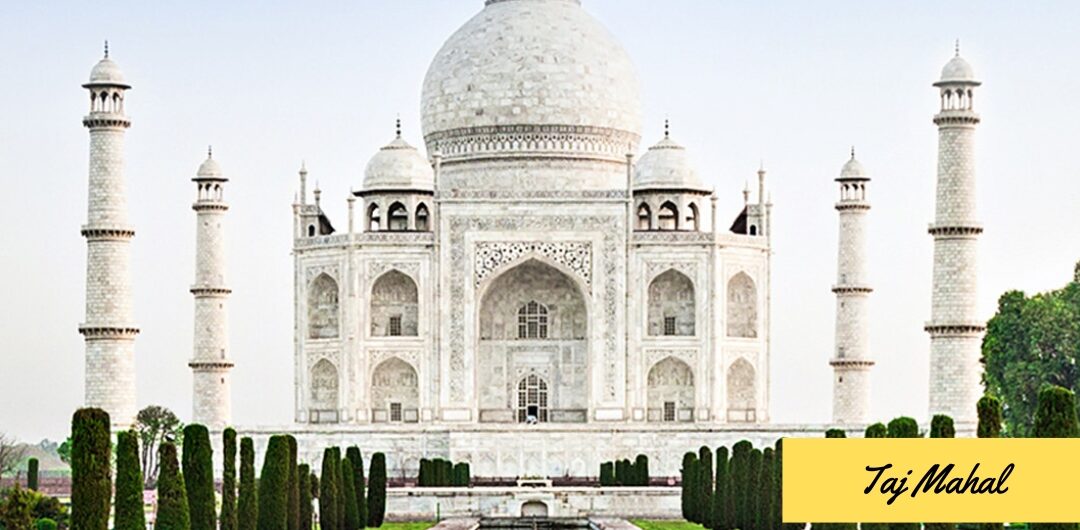The Taj Mahal, one of the Seven Wonders of the World, is much more than just a beautiful white marble monument. Located in Agra, India, it is a symbol of eternal love, architectural brilliance, and India’s rich history. While millions visit the Taj each year, there are still many fascinating facts that most people don’t know. Let’s explore some of the most Interesting Facts About the Taj Mahal.
A Monument of Love
The Taj Mahal was commissioned by the Mughal Emperor Shah Jahan in 1632 in memory of his beloved wife Mumtaz Mahal, who died during childbirth. The emperor was heartbroken and vowed to build the most beautiful mausoleum the world had ever seen. It took over 20,000 artisans and 22 years to complete the masterpiece, which was finally finished in 1653.
Perfect Symmetry — With One Exception
One of the most remarkable aspects of the Taj Mahal is its perfect symmetry. Everything from the gardens to the minarets is balanced on either side. However, there is one deliberate flaw: the tomb of Shah Jahan himself. Originally, the emperor was not supposed to be buried there, but after his death, he was laid to rest next to Mumtaz Mahal, slightly disrupting the symmetry. This break in balance actually draws more attention to the depth of his love.
Color-Changing Marble
The Taj Mahal appears to change color depending on the time of day and the light. In the morning, it glows a soft pink; by afternoon, it turns a bright white; and under the moonlight, it appears almost golden or blue. This changing appearance symbolizes the changing moods of Mumtaz Mahal, according to local legends.
Imported Materials from Around the World
To create the stunning design, materials were sourced from across India and beyond. The white marble came from Makrana, Rajasthan; jade and crystal from China; turquoise from Tibet; sapphires from Sri Lanka; and lapis lazuli from Afghanistan. These materials were inlaid into the marble using a technique called pietra dura, forming the beautiful floral patterns that decorate the building.
No Architectural Blueprints
Despite its complex design, no blueprints or engineering documents have been found for the Taj Mahal. Historians believe that the architecture was passed down orally and executed using scaled models and drawings made on site. This speaks volumes about the skill and knowledge of the Mughal craftsmen.
The Minarets Are Built to Fall Away
Each of the four minarets surrounding the Taj Mahal leans slightly outward. This clever design was intentional in the event of an earthquake or structural failure, the minarets would fall away from the central tomb, thereby protecting it from damage. This is an early example of earthquake-resistant architecture.
British Restoration and Garden Redesign
During the British colonial period, the Taj Mahal fell into disrepair. Lord Curzon, the British Viceroy of India, ordered its restoration in the early 20th century. Interestingly, the original Persian-style gardens were redesigned to reflect the formal lawns of British tastes, which is why the gardens today may not fully represent the original Mughal vision.
A Threatened Masterpiece
Despite its glory, the Taj Mahal faces threats from pollution, acid rain, and environmental degradation. The Indian government has implemented measures to control vehicle emissions and industrial pollution in the surrounding area to preserve this UNESCO World Heritage Site for future generations.
Conclusion
The Taj Mahal is not just a monument; it’s a living story carved in stone of love, loss, art, and legacy. Whether you’re drawn by its beauty, its history, or its symbolism, the Taj continues to inspire awe in all who visit. It remains a shining example of India’s cultural and architectural heritage, deserving of every bit of wonder it inspires.



Comments